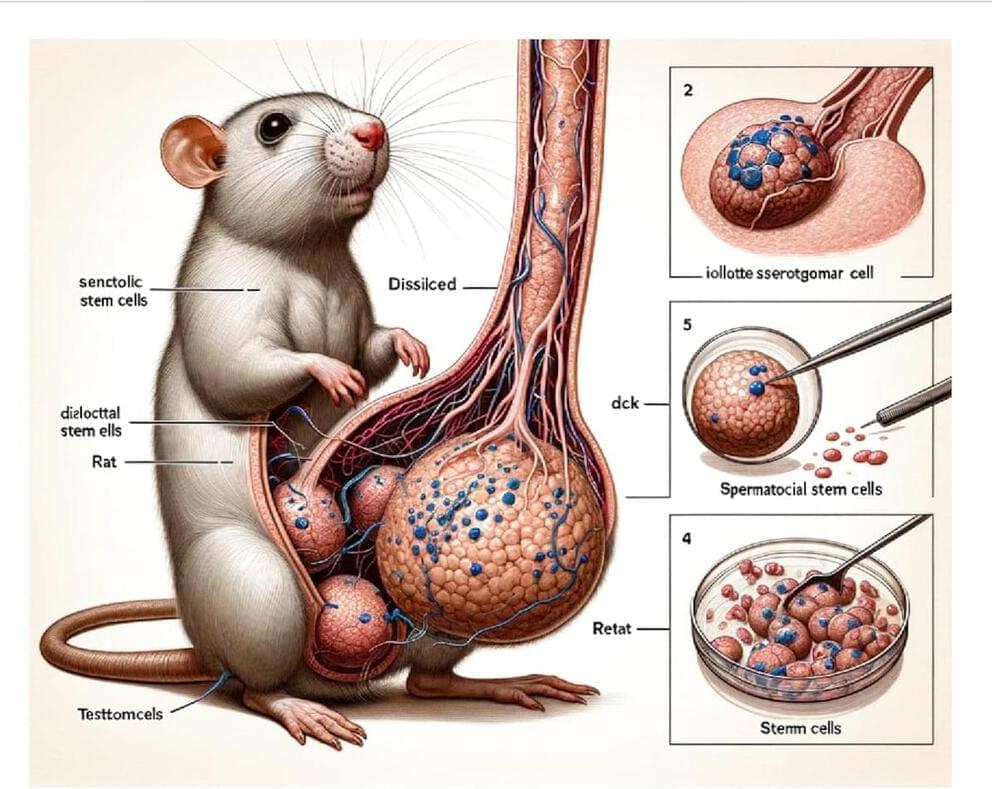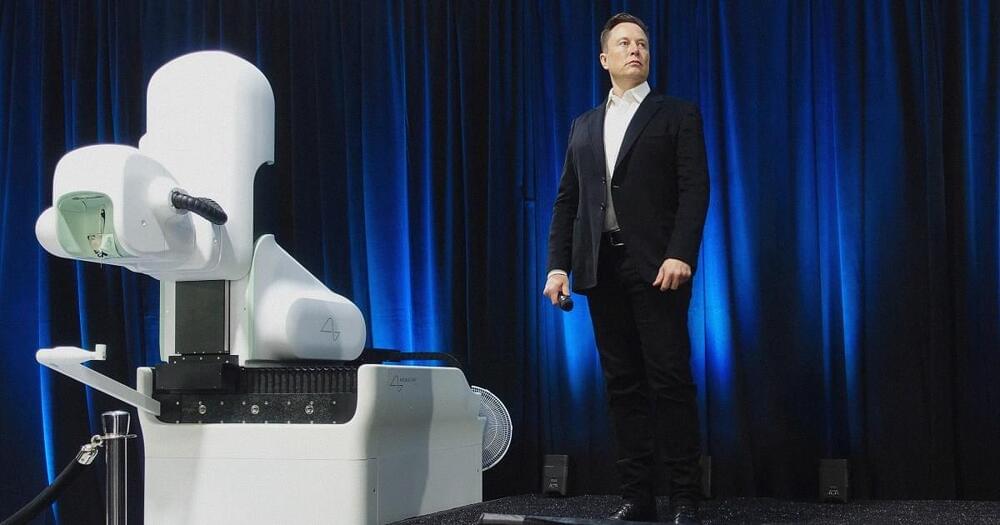Apr 26, 2024
Evolution Is Neither Random Accidents nor Divine Intervention: Biological Action Changes Genomes
Posted by Dan Breeden in categories: biotech/medical, evolution, existential risks
Charles Darwin and his followers postulated that random accidental mutations of small effect plus natural selection over long periods would provide sufficient hereditary variation to explain biological diversity. Research since the middle of the twentieth century has unexpectedly shown that living organisms possess many different means of altering their genomes biologically, and these processes have been validated by DNA sequence analysis. In addition, the biological process of interspecific hybridization has become recognized as a major source of rapid speciation and genome amplification. Thus, it is time to shift our basic concept of evolutionary variation from the traditional model of slow change from non-biological sources to a fully biological model of rapid genome reorganization stimulated by challenges to reproduction.
Introduction
In Western society prior to the Enlightenment, there was little disagreement about the origins of biological diversity: it resulted from divine creation of an unchanging panorama of plant and animal species, as explained in Genesis. No thought was given to the idea that living organisms could change their fundamental natures. Even a scientist dedicated to analyzing the nature and classification of life forms, Carl Linnaeus (1707−1778), and one who documented the extinction of fossil organisms, Georges Cuvier (1769−1832), both believed in the fixity of species.

















